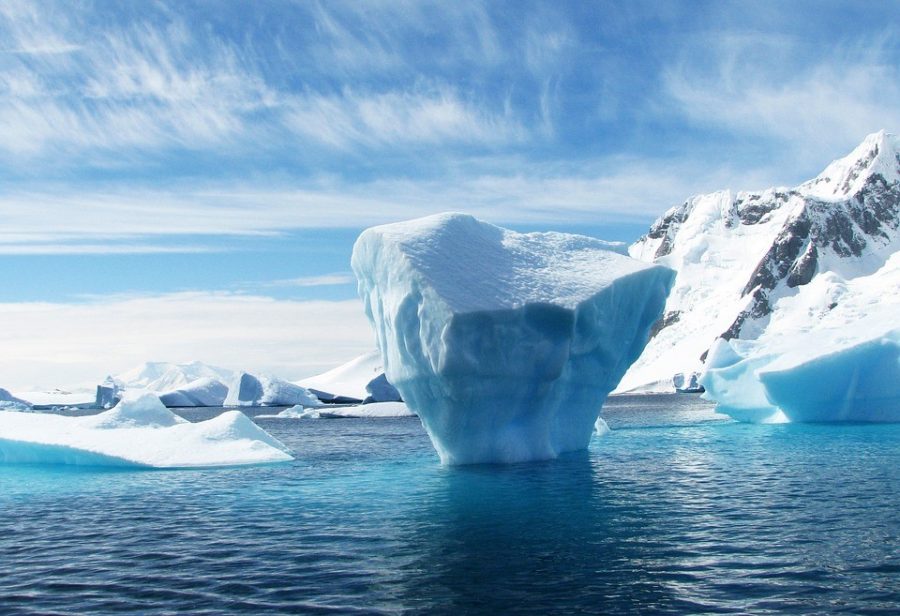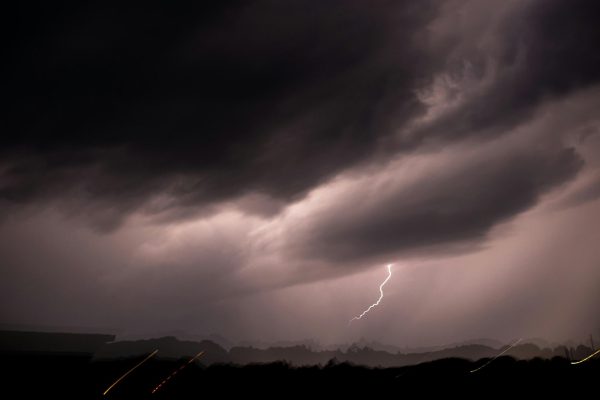Antarctica’s Big Break
January 26, 2017
A 2,300-square-mile ice block is predicted break off of the Antarctic ice shelf by the end of 2017. It will be one of the largest ice break-offs ever recorded.
On November 10, 2016, satellite photographs revealed that a 68-mile long rift had formed along the Antarctic Larsen ice shelf. By the end of December, the rift had grown another 13 miles in length, leaving only 12 miles of unbroken ice between the end of the rift and the open ocean.
This ice block composes 10 percent of the Larsen C ice shelf. The Larsen C ice shelf is a subsection of the Antarctic Larsen ice shelf, which extends along the east coast of the Antarctic Peninsula. The Antarctic Larsen ice shelf consist of three individual shelves (Larson A, B, and C) that occupy distinct portions of the coast…
Or, used to occupy.
Larsen A, the smallest of the three ice shelves, was the first to disappear. It disintegrated in January 1995.
The Larsen B ice shelf had been around for over 10,000 years. Despite being 1,250 square miles in area and 220 miles thick, the ice shelf was no match for global warming. In January 2002, Larsen B began its collapse due increasing global temperatures. By summer, meltwater ponds formed and wedged the ice chunk further apart as the water flowed into shelf cracks.
The Larsen C ice shelf is the largest of the three and has been the most stable. It seems, however, that it will soon become global warming’s next victim.
The entrance of the Larsen C ice shelf into the ocean will not significantly alter sea levels. However, its separation increases the vulnerability of the remaining portion of the Larsen C ice shelf to collapse, which would have a significant global impact.












